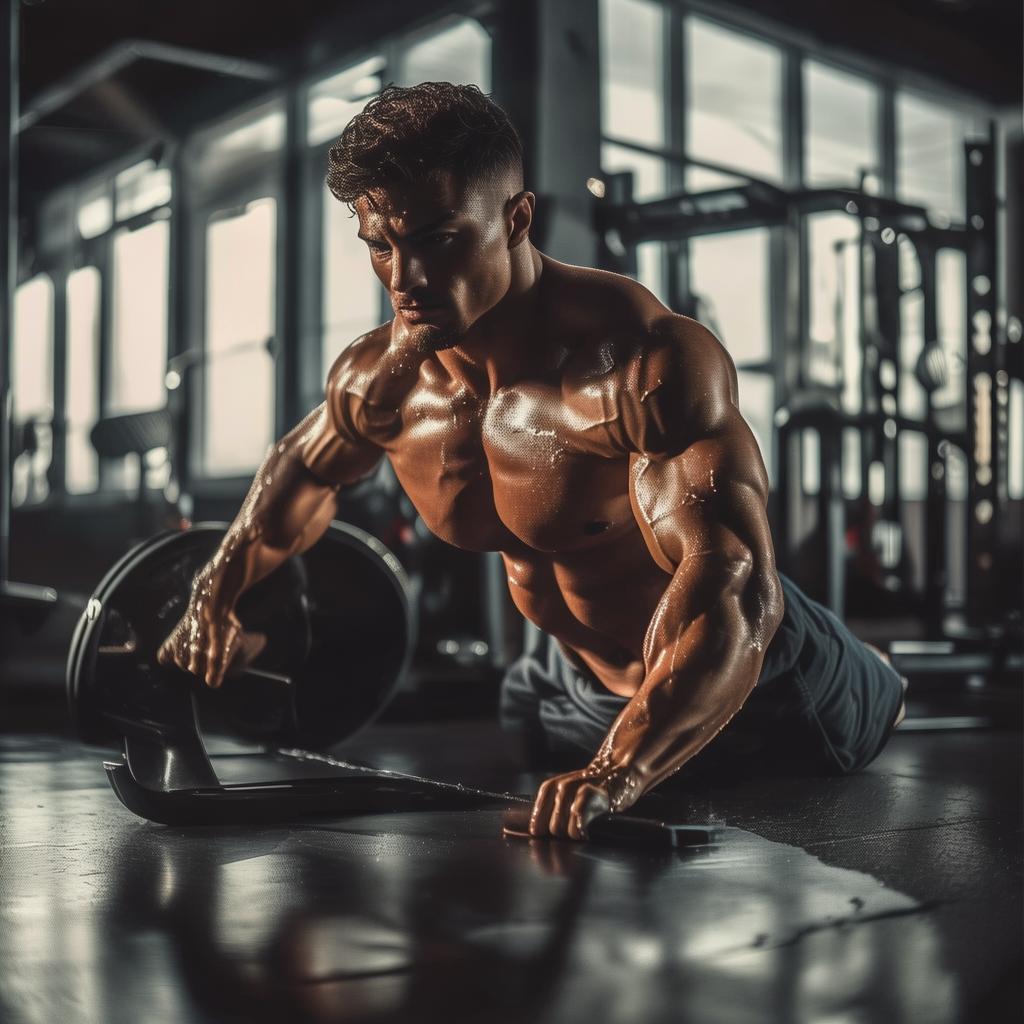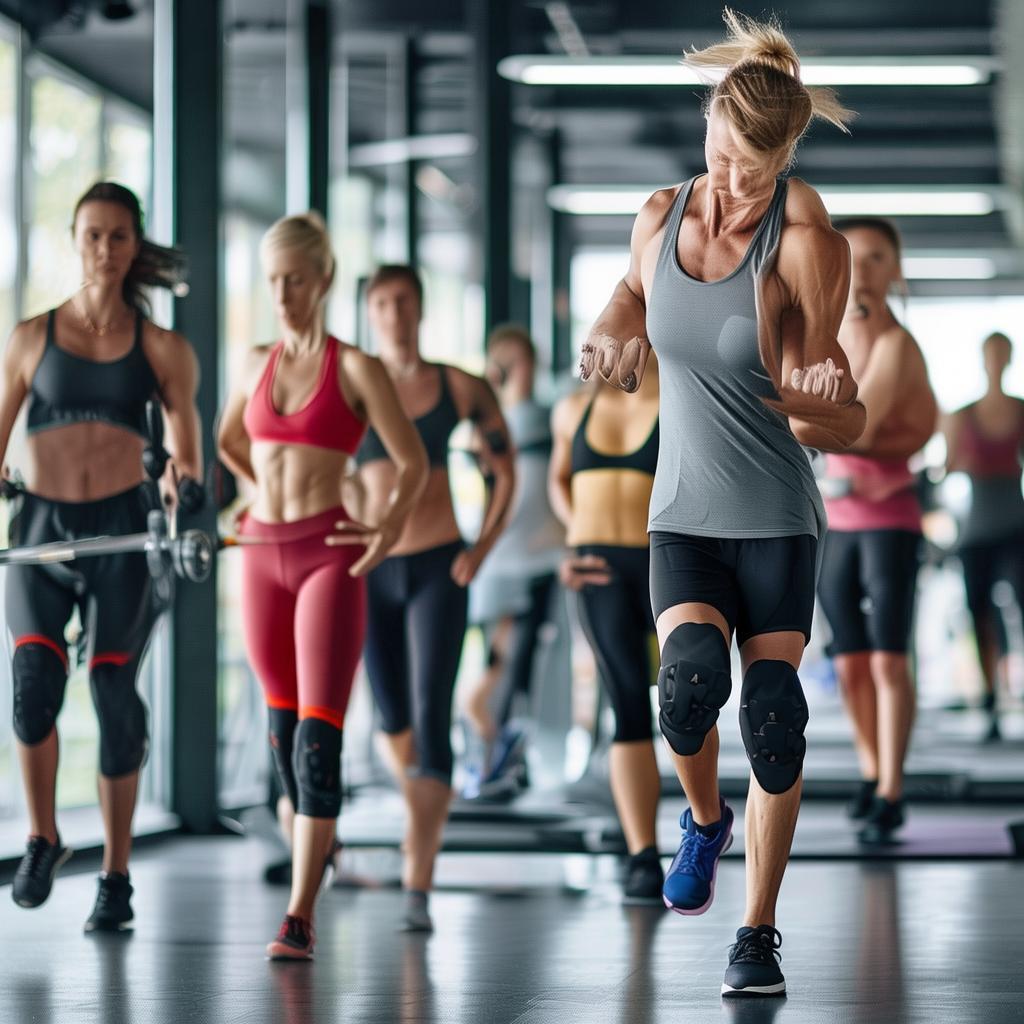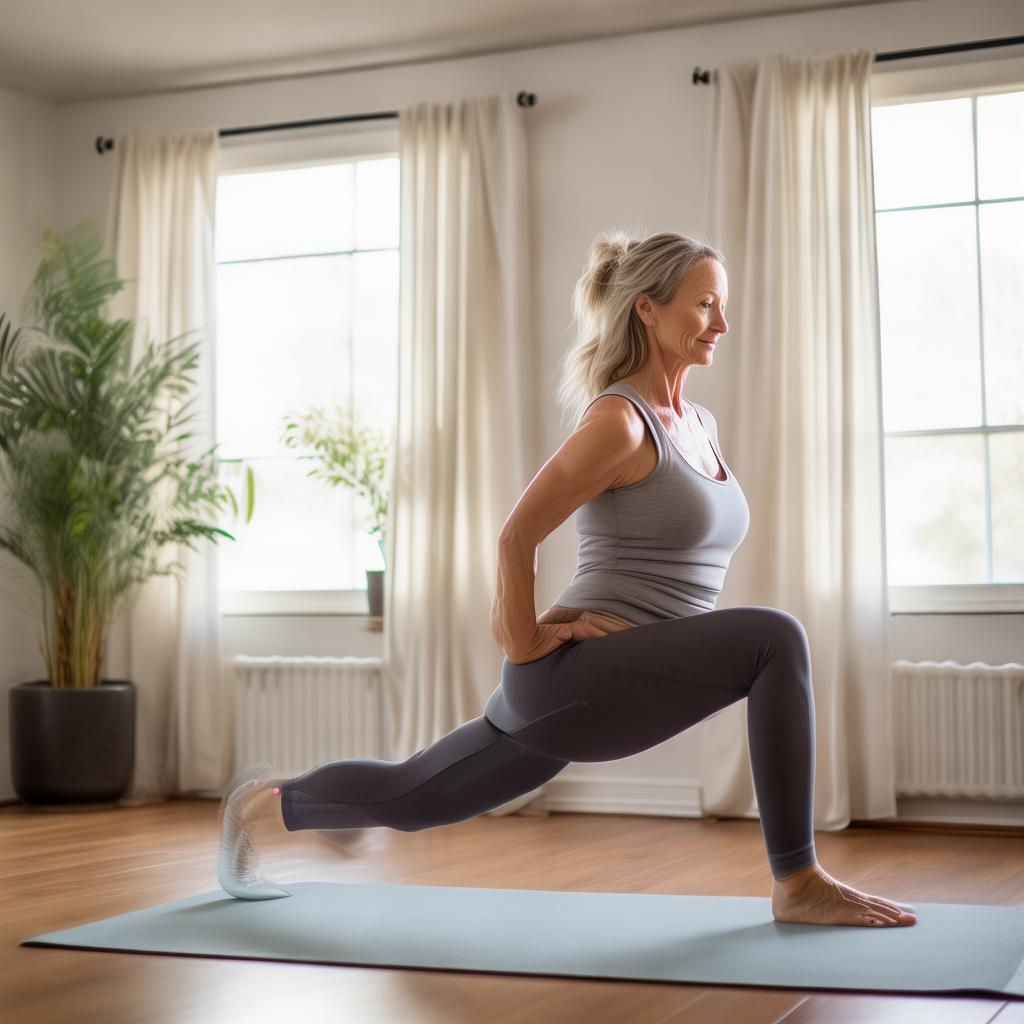Introduction to Triceps – The Arm – Circumference Determiner
The triceps, being the largest muscle group in the arm, plays a crucial role in determining arm circumference. Along with the biceps, they form the upper – arm, while the lower – arm is made up of other smaller muscles. When considering the overall development of the arm, the triceps take precedence over the biceps and the lower – arm. Neglecting triceps training not only impacts arm size but also affects bench – press performance.
Anatomy of the Triceps
The triceps consists of three heads: the long head, the lateral head, and the medial head. When well – trained, the triceps can take on a beautiful “U” horseshoe shape. The long head is the largest among the three, followed by the lateral head and then the medial head. From the back, the long head is the largest muscle in the arm. The lateral head is the second most visible on the side of the arm and contributes significantly to arm fullness. The medial head, though less visible, is vital for triceps power and stability and is involved in all triceps exercises. The long head extends both the elbow and shoulder joints, while the medial and lateral heads only extend the elbow joint.
Training the Long Head
The main function of the triceps is elbow flexion and extension, and the long head, as it involves both elbow and shoulder joints, means movements targeting it will include shoulder extension, internal shoulder contraction, and external shoulder rotation. Overhead arm extensions are excellent for fully extending the long head, using shoulder flexion and elbow flexion. In triceps long head training, the more the arm tightens and the closer the elbow is to the body, the greater the stimulation of the long head. In triceps press exercises, using a straight bar with a reverse grip and a slightly forward – leaning body position can also enhance long – head stimulation.
Training the Lateral Head
For the lateral head, it is recommended to perform rope press – downs. Stand upright with the elbow slightly away from the body and allow the arm to rotate internally at the lowest point of the press to fully contract the lateral head. An upright hand position with the fist facing up is ideal. Double – bar arm extensions and dumbbell arm extensions are also effective for stimulating the lateral head.
Training the Medial Head
The medial head is the most activated muscle in triceps exercises. Almost all triceps exercises involve the medial head, so when the lateral and long heads are well – developed, the medial head will naturally be strong as well.
Weights, Reps, and Movements for Triceps Training
Weights and Reps: The triceps have about 65% fast muscle fibers, with high anaerobic capacity metabolism and are prone to fatigue. For fast muscle fibers, choose 8 – 12rm for weight reps to stimulate them. The remaining slow muscle fibers are dominant in endurance and are not easily fatigued, so 12 – 20rm weight reps are suitable for stimulating them. Thus, it is important to combine small – weight, high – rep training with large – weight, low – rep training for better triceps stimulation.
Movements:
- Barbell Narrow Bench Press: This is one of the few exercises that can use large weights to better stimulate the fast fibers in the triceps. It has a balanced focus on the three triceps heads and is a good first exercise choice. The hand distance should be slightly narrower than the shoulders (20 – 30cm) to ensure wrist neutrality and barbell stability. Lift the barbell and slowly lower it to feel the triceps force, with the bar dropping to the upper abdominal position for a better triceps stretch.
- Backhand Straight Down (Long Head): Lean forward slightly, hold the club with a backhand shoulder – width apart, keep the elbow joint as close to the body as possible, press down to the lowest point of the top contraction, and then slowly return to feel the long – head contraction.
- Overhead Arm Extensions (Long Head): Overhead movements are great for stimulating the long head. Exercises like one – arm dumbbell posterior cervical arm curl, overhead barbell flexion (not recommended for novices without proper control), overhead rope extensions, and overhead barbell arm curls can be used. Keep the elbows facing forward, maintain triceps tension, and use a weight that can be controlled steadily.
- Double – Bar Arm Curls (Lateral Head + Medial Head): Keep the body as straight as possible to focus on the triceps. If double – bar arm flexion is too challenging, seated arm flexion can be an alternative for triceps stimulation.
- Rope Press Down (Lateral Head): At the lowest point of the press, perform an internal rotation of the wrist and elbow to better stimulate the lateral triceps, as described in the lateral head analysis.
- Prone Dumbbell Arm Curls (Lateral + Medial): Using one arm allows for better triceps isolation. Keep the forearm at 90° to the upper arm, flex the triceps backwards while keeping the upper arm stationary, and feel the lateral – head contraction with the large arm close to the body.
- Diamond Push – Ups: Similar to the narrow press but using body weight, diamond push – ups stimulate the chest and triceps well and work all three heads. If the full position is difficult, a kneeling position with a straight back can be used.
By training the long head while also targeting the lateral and medial heads, and by using a combination of large – weight, low – rep and small – weight, high – rep training, you can achieve well – rounded triceps development.





